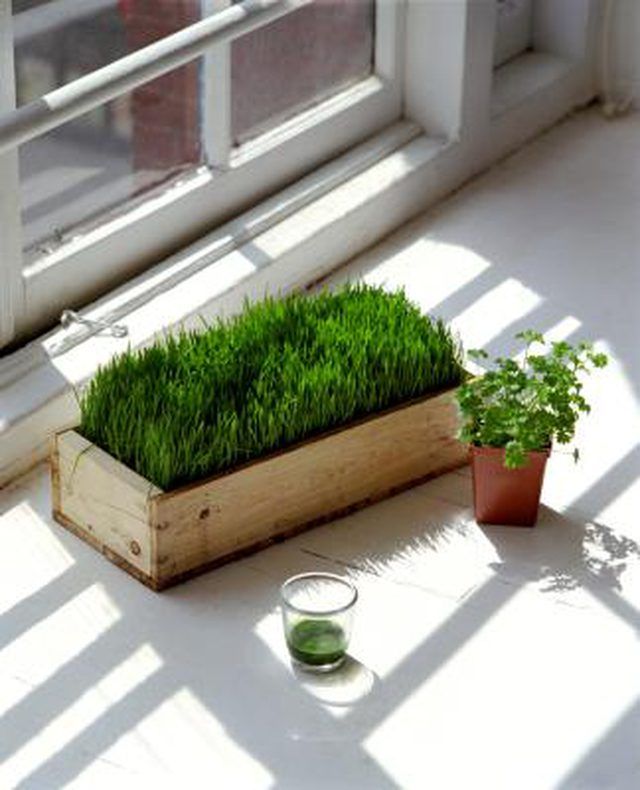Bulbs
Flower Basics
Flower Beds & Specialty Gardens
Flower Garden
Garden Furniture
Garden Gnomes
Garden Seeds
Garden Sheds
Garden Statues
Garden Tools & Supplies
Gardening Basics
Green & Organic
Groundcovers & Vines
Growing Annuals
Growing Basil
Growing Beans
Growing Berries
Growing Blueberries
Growing Cactus
Growing Corn
Growing Cotton
Growing Edibles
Growing Flowers
Growing Garlic
Growing Grapes
Growing Grass
Growing Herbs
Growing Jasmine
Growing Mint
Growing Mushrooms
Orchids
Growing Peanuts
Growing Perennials
Growing Plants
Growing Rosemary
Growing Roses
Growing Strawberries
Growing Sunflowers
Growing Thyme
Growing Tomatoes
Growing Tulips
Growing Vegetables
Herb Basics
Herb Garden
Indoor Growing
Landscaping Basics
Landscaping Patios
Landscaping Plants
Landscaping Shrubs
Landscaping Trees
Landscaping Walks & Pathways
Lawn Basics
Lawn Maintenance
Lawn Mowers
Lawn Ornaments
Lawn Planting
Lawn Tools
Outdoor Growing
Overall Landscape Planning
Pests, Weeds & Problems
Plant Basics
Rock Garden
Rose Garden
Shrubs
Soil
Specialty Gardens
Trees
Vegetable Garden
Yard Maintenance
How to Get Rid of Tiny Black Bugs on My Plants
How to Get Rid of Tiny Black Bugs on My Plants. Placing plants in your home increases oxygen, adds a decorative touch and contributes to stress reduction. However when you find tiny black bugs -- called gnats or fruit flies -- on your plants, you must get rid of them. Although gnats do not feed on plant leaves, they multiply and get into the soil...

Placing plants in your home increases oxygen, adds a decorative touch and contributes to stress reduction. However when you find tiny black bugs -- called gnats or fruit flies -- on your plants, you must get rid of them. Although gnats do not feed on plant leaves, they multiply and get into the soil and harm the plant's roots.
Things You'll Need
Watering can
Small dishes
Vinegar
Sticky traps
Pie tins
Soil
Wheat grass
Commercial product containing Bacillus thuringiensis
Find gnats crawling in the soil or hovering above the surface and around the leaves. Understand that gnats multiply quickly.
Remove all fruits and vegetables from countertops and place them in the refrigerator.
Refrain from overwatering your plants. Dry out the soil between waterings, sometimes up to two weeks. Try this only if your plant is drought-tolerant. Resume watering with a light hand every other day or as directed.
Pour vinegar into a small dish and place it near your plants. Vinegar attracts bugs, which drown after landing on the dish.
Apply yellow sticky traps to the plants. Place the trap onto the holder and push the stake into the soil. The bugs stick to the trap and stop mating.
Put a pie tin filled with soil and wheat grass near the plants. As the fresh grass grows, the gnats will fly into it and get trapped. Throw the tin away and repeat until all the gnats are gone.
Use an commercial product that contains Bacillus thuringiensis (Bt-H14). Place 2 to 8 tsp. into a gallon of water. Water the plant three times weekly. This controls the larvae and keeps the plants clean and healthy.
Tips & Warnings
If you are not sure if black bugs are present, blow on your plant. The bugs will fly in response to the blowing and you can see them.
Bringing in new house plants may mean starting the process over again.